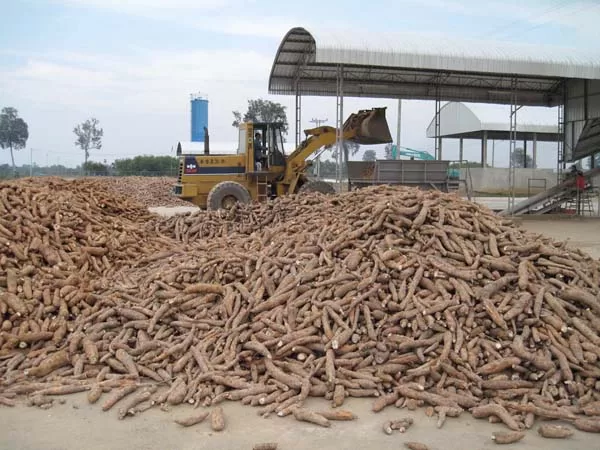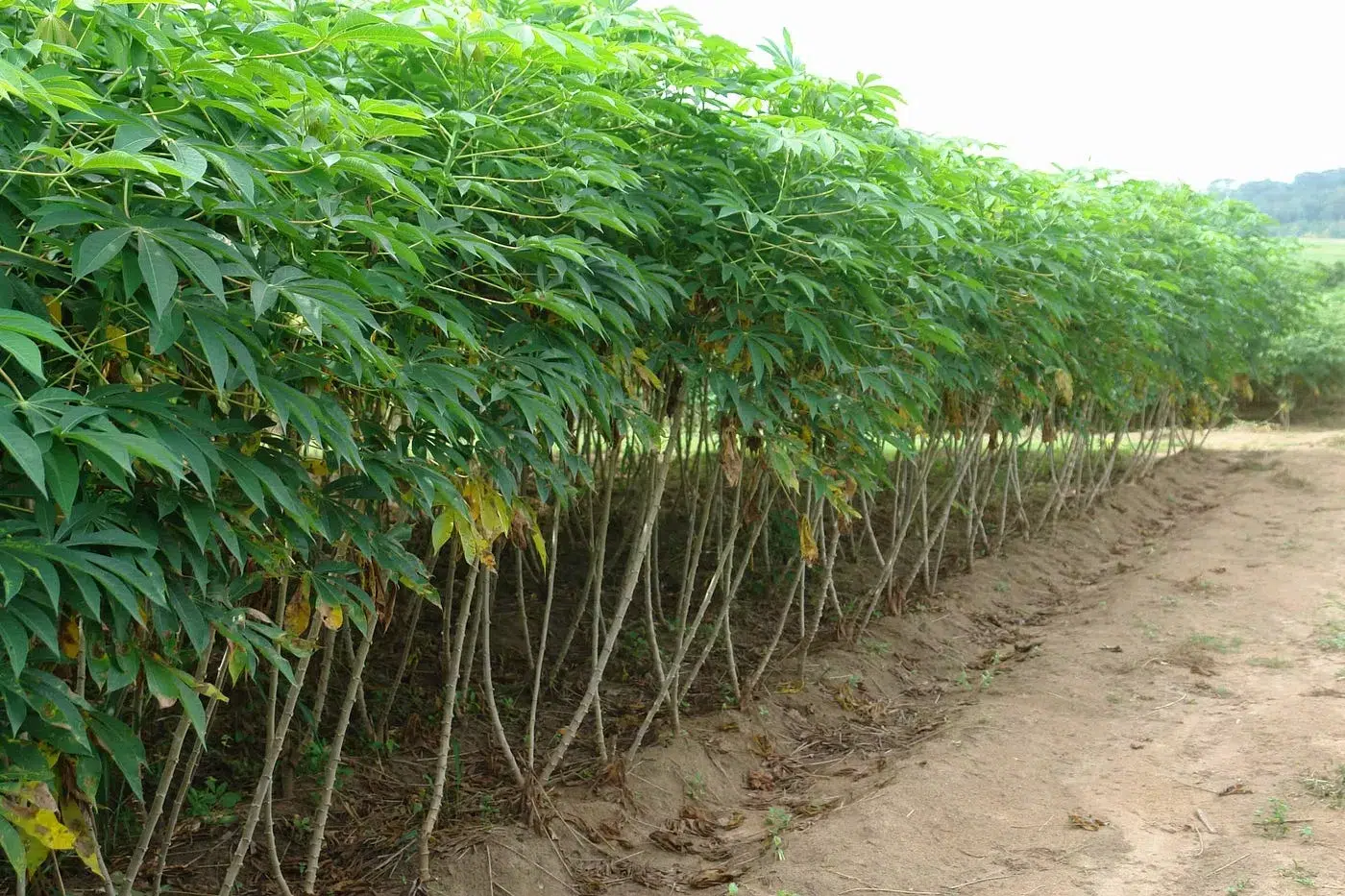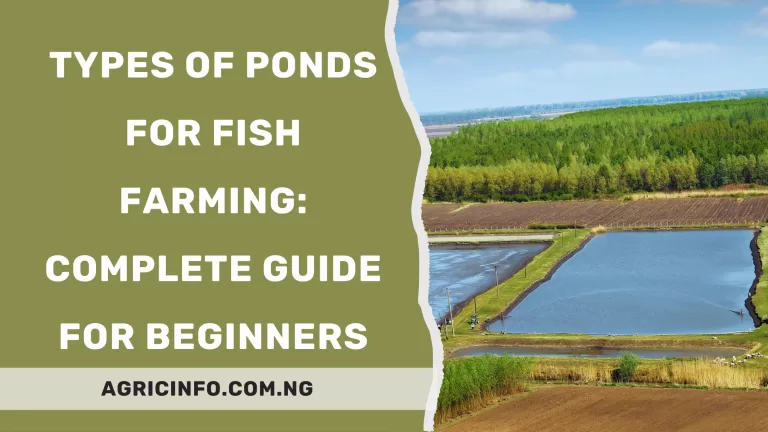Cassava Farming and Processing in Nigeria
In Nigeria, cassava farming is one of the most well-liked farming endeavors since it produces food. Those who release exercise energy while working, like home builders, bricklayers, shoulders hawkers, and others, will always like to eat garri (processed cassava) after work. Nigeria produces about 63 million tons of cassava a year.
According to research, 70% of men enjoy eating Garry more than other kinds of food. In that case, going into cassava, farming will not only yield food but also earn you a lot of money if you venture into the business.
Cassava farming is the planting and growth of the cassava crop. In Nigeria, cassava is a staple grain; almost everyone either directly or indirectly consumes cassava.
Nigerian cassava is grown in every state. Anywhere in Nigeria you go, cassava farmers are to be found. Many states in Nigeria practice the cultivation of Cassava, such as Delta, Edo, Rivers, Akwa Ibom, Cross Rivers, Bayelsa, Ondo, Ogun, Oyo, Osun, Lagos, Ekiti, Imo, Anambra, Enugu, Ebonyi, Kogi, Kaduna, and Abia.
You see, going into cassava farming is a very lucrative venture. Read further to learn more about cassava farming and processing in Nigeria, how to cultivate cassava, and the equipment for cassava farming, among others.
What is Cassava?
Cassava, also known as yuca, manioc, or tapioca, is a starchy root vegetable that is commonly grown and consumed in tropical regions of the world. It is also known as Manihot Esculenta and is planted widely in Africa, Southern America, and Asia. It is a rich source of carbohydrates and provides energy to the body.
However, it must be properly prepared as it contains a toxic compound called linamarin, which can be converted into hydrogen cyanide when the root is damaged or not properly cooked. Proper processing methods such as peeling, grating, and soaking in water can remove the toxins and make it safe for consumption. With Cassava, you can easily produce fufu, Garry ethanol, cassava flour, and starch.
Is Cassava Farming Profitable?
Cassava farming can be profitable, especially in areas where it is a staple food crop. The demand for cassava is high in many African countries, and the crop can be sold fresh, dried, or processed into various products such as flour, chips, and starch.
The profitability of cassava farming depends on factors such as the price of cassava in the market, the cost of production, and the yield per hectare. Cassava is also a drought-tolerant crop that requires less water and inputs compared to other crops, making it an attractive option for smallholder farmers in arid and semi-arid regions.
However, it is essential to adopt good agricultural practices, such as proper soil management, pest control, and harvesting techniques, to maximize yields and minimize losses.
Equipment for Cassava Farming
Having the right equipment is crucial for a successful cassava farming operation.
Below are the equipment you can use to cultivate Cassava in your farmland.
Land Preparation Equipment
Proper land preparation is the first step towards a successful cassava farming venture. The following equipment can help enhance soil fertility, improve seedbed conditions, and promote healthy crop growth:
1. Tractor
A tractor is a versatile and indispensable tool for preparing the land. Equipped with various attachments such as plows and harrows, it can efficiently clear the land, till the soil, and level uneven surfaces. With its power and efficiency, a tractor can save you valuable time and effort during the land preparation process.
2. Ridger
A ridge is a specialized implement that creates ridges or furrows on the soil surface. This equipment is used to plant cassava stems or cuttings at the desired spacing. By creating ridges, it helps improve soil drainage, prevents waterlogging, and enhances root development.
Planting Equipment
Efficient planting techniques are crucial for achieving uniform plant stands and optimal yields in cassava farming. The following equipment can streamline the planting process and ensure accurate seed placement:
1. Cassava Planter
A cassava planter is designed specifically for planting cassava stems or cuttings at precise depths and spacing. This equipment eliminates the need for manual labor and ensures consistent planting depths, reducing the risk of overcrowding or uneven growth.
2. Seedling Transplanter
In some cases, farmers may choose to raise cassava seedlings in nurseries before transplanting them into the main field. A seedling transplanter can significantly speed up this process by mechanizing the transplanting operation. It allows for quick and efficient transplanting of young cassava seedlings with minimum damage.
Harvesting Equipment
Proper harvesting techniques are critical for preserving the quality and market value of cassava tubers. Utilizing the following equipment can help you optimize the harvesting process:
1. Cassava Harvester
A cassava harvester is specifically designed to facilitate the extraction of cassava tubers from the ground. This equipment minimizes damage to the tubers during harvest, reduces labor requirements, and ensures a faster and more efficient harvest.
2. Cassava Grater
After harvesting, cassava tubers need to be processed into various products such as flour or starchy pastes. A cassava grater is used to grate or shred the tubers into smaller particles, making them easier to process further. This equipment increases processing efficiency and reduces the time and effort required for manual grating.
Other equipments include:
- Cutlasses
- Farmhouse
- Weeders
- Hoes
- Motorized Sprayers
- Boom Sprayer
- Harrowers
- Plough
- Farm House
- Power Tiller
- Earth Augers
- Weeders etc.

How to Process Cassava
Processing cassava may seem like a complex task, but with the right knowledge and techniques, it can be done easily. Below are ways to Process Cassava in Nigeria:
Harvesting Cassava
The first step in the process is harvesting the cassava. Cassava plants should be harvested when they are mature, which usually takes between 8 to 12 months from planting.
Below are the steps to harvest cassava:
- Start by cutting off the stems of the cassava plant, leaving a few inches above the ground.
- Carefully dig around the base of the plant to loosen the soil.
- Gently lift the cassava plant out of the ground, being careful not to damage the tubers.
- Shake off any excess soil from the tubers.
- Trim off the roots and leaves of the plant, leaving only the tubers.
Peeling and Washing
Once the cassava tubers are harvested, they need to be peeled and washed before further processing. Follow these steps:
- Use a sharp knife to peel off the outer skin of the cassava tubers.
- Cut the tubers into manageable sizes, about 2 to 3 inches in length.
- Place the cut cassava in a large bowl or basin filled with clean water.
- Wash the cassava thoroughly, rubbing the pieces together to remove any dirt or impurities.
- Rinse the cassava with fresh water until it becomes clear.
Grating or Grinding
After the cassava is peeled and washed, it needs to be grated or ground to obtain a finer texture. This step can be done using either a grater or a grinding machine. Here’s how:
Grating Method
- Use a cassava grater or a box grater with large holes.
- Hold the grater firmly and grate the cassava pieces against the rough surface.
- Continue grating until all the cassava pieces are processed.
Grinding Method
- Cut the cassava into smaller pieces, about 1 inch in size.
- Place the cassava pieces in a grinding machine, ensuring they are evenly spread.
- Grind the cassava until it reaches a smooth consistency.
Pressing and Fermenting
Pressing and fermenting cassava is an essential step in the processing method, as it helps to remove the cyanogenic compounds found in cassava, which can be harmful if ingested in large quantities. Here’s how to do it:
- Place the grated or ground cassava in a clean, porous bag.
- Squeeze the bag tightly to extract the liquid from the cassava.
- Collect the liquid in a container and let it stand for a few hours to allow sedimentation.
- After sedimentation, carefully pour out the clear liquid, leaving behind the settled sediment.
- Repeat the process of pressing and collecting the liquid several times to ensure the removal of cyanogenic compounds.
- Once the liquid is collected, cover it and let it ferment for at least 2 to 3 days. Fermentation helps to improve the flavor and texture of the cassava.
Drying and Milling
After fermentation, the next step is drying the fermented cassava before it can be milled into flour. Follow these steps:
- Spread the fermented cassava on clean, flat surfaces such as trays or drying racks.
- Place the cassava under direct sunlight to dry for several days.
- Turn the cassava occasionally to ensure even drying.
- Once the cassava is completely dry, it will become hard and brittle.
- Break the dried cassava into smaller pieces and grind them into a fine powder using a milling machine.
How can I Cultivate Cassava in Nigeria?
Cultivating Cassava in Nigeria demands some precepts by precept guide.
They are:
Land Preparation
Before planting cassava, it is essential to prepare the land properly:
- Select a suitable location. Choose a well-drained area with adequate sunlight and access to water sources.
- Clear the land. Remove weeds, rocks, and other obstacles that may hinder cassava growth.
- Plow or till the land. Use a tractor or manual labor to loosen the soil and create a favorable seedbed for cassava.
- Choose good climatic conditions. Cassava grows more in tropical areas. That is, where there is rain.
Choosing and Planting Cassava Varieties
Selecting the right cassava variety is crucial for a successful harvest:
- Consider market demand. Research and identify varieties that have high demand in your target market.
- Disease-resistant varieties. Choose cassava varieties that are resistant to common diseases in your region.
- Purchase healthy stems. Buy disease-free cassava stems from reputable sources.
- Cut and treat the stems. Cut the stems into 20-30 cm pieces and treat them with a fungicide to prevent rotting.
- Planting. Dig holes or make furrows, spacing them 1-1.5 meters apart. Plant the stems in the holes or furrows, ensuring that the cut ends are facing upwards.
Weed and Pest Management
Weed and pest control are crucial for the optimal growth of cassava:
- Mulching. Apply a layer of organic mulch around the cassava plants to suppress weed growth and retain moisture.
- Manual weeding. Regularly remove weeds that compete with cassava for nutrients and sunlight.
- Use herbicides cautiously. If necessary, use herbicides recommended for cassava production, following the instructions carefully.
- Integrated pest management. Monitor the cassava plantation for signs of pests and take appropriate measures, such as using biological control methods or applying approved insecticides.
Fertilization and Irrigation
Proper fertilization and irrigation are necessary for optimal cassava growth and yield:
- Soil testing. Conduct a soil test to determine the nutrient levels and pH of the soil. Based on the results, apply organic or inorganic fertilizers as needed.
- Balanced fertilization. Apply a balanced blend of nitrogen, phosphorus, and potassium (NPK) fertilizers to promote healthy plant growth.
- Split application. Divide the fertilizer application into multiple doses, applying them at different stages of the cassava growth cycle.
- Irrigation. Provide sufficient water to the cassava plants, especially during dry spells. Irrigate the crops using drip irrigation, sprinklers, or other appropriate methods.
Harvesting and Marketing
Harvesting cassava at the right time is critical to ensure maximum yield and quality:
- Timing. Harvest cassava when the roots have reached maturity, usually around 9-12 months after planting, depending on the variety.
- Harvesting techniques. Carefully dig around the cassava plants and lift the roots without damaging them. Remove the stems and leaves.
- Post-harvest handling. Clean the harvested roots and store them in a cool and dry place. Avoid bruising or damaging the roots during handling and transportation.
- Marketing. Identify potential buyers or markets for your cassava. Explore opportunities to process cassava into value-added products such as flour, chips, or starch, which can fetch higher prices
Best Soil to Cultivate Cassava in Nigeria
Soil plays a crucial role in the growth and development of cassava. It provides essential nutrients, water, and anchorage for the plants. The right soil conditions can significantly impact the yield and quality of the cassava harvest. Therefore, farmers need to understand the soil requirements to maximize their productivity.
Characteristics of the Best Soil for Cassava Cultivation
- Well-Drained Soil
- Deep Soil
- Sandy Loam or Loamy Soil
- pH level.
- Organic Matter
- Fertile Soil
Well-Drained Soil
Cassava thrives in well-drained soil, allowing excess water to flow away easily. Waterlogged soil can lead to root rot and hinder the growth of cassava plants. Therefore, it is crucial to choose a location with good drainage or consider implementing drainage systems if necessary.
Deep Soil
Cassava plants develop a long taproot that can reach depths of up to 2 meters. Therefore, the soil should be deep enough to accommodate the root system. Shallow soils can restrict the growth of cassava plants and result in lower yields.
Sandy Loam or Loamy Soil
The best soil texture for cassava cultivation is sandy loam or loamy soil. These types of soil provide a balance of water retention and drainage, allowing for optimal root development and nutrient uptake. Sandy soils tend to drain too quickly, while clay soils hold onto water for too long, both of which are not suitable for cassava cultivation.
pH Level
Cassava grows best in soil with a pH range of 5.5 to 6.5. This slightly acidic to neutral pH allows for optimal nutrient availability to the plants. Testing the soil pH and making necessary amendments, such as adding lime to raise pH or sulfur to lower pH, can ensure the ideal soil conditions for cassava cultivation.
Organic Matter
Soil enriched with organic matter provides essential nutrients and improves soil structure. It enhances water retention while allowing for proper drainage. Incorporating organic matter through the addition of compost or well-rotted manure can greatly benefit the growth and productivity of cassava plants.
Fertile Soil
Cassava is considered a heavy feeder and requires nutrient-rich soil for optimal growth. The soil should be rich in nitrogen, phosphorus, and potassium, as well as other micronutrients. Conducting a soil test can help determine the nutrient levels and guide farmers in applying appropriate fertilizers to meet the crop’s requirements.
Frequently Asked Questions
Q1: How do I choose the right equipment for my cassava farm?
A: When selecting equipment, consider factors such as farm size, available budget, and specific requirements.
Q2: Are there any maintenance tips for cassava farming equipment?
A: Regular maintenance is crucial for maximizing the lifespan and performance of your equipment.
wrap up
Cassava farming and processing play a vital role in Nigeria’s agricultural sector, providing food security, income, and employment opportunities.
Despite facing challenges, the industry holds immense potential for growth and innovation. By investing in research and development, promoting modern farming techniques, and improving infrastructure, Nigeria can further optimize the productivity and profitability of cassava farming and processing, ensuring a sustainable future for this important crop.


